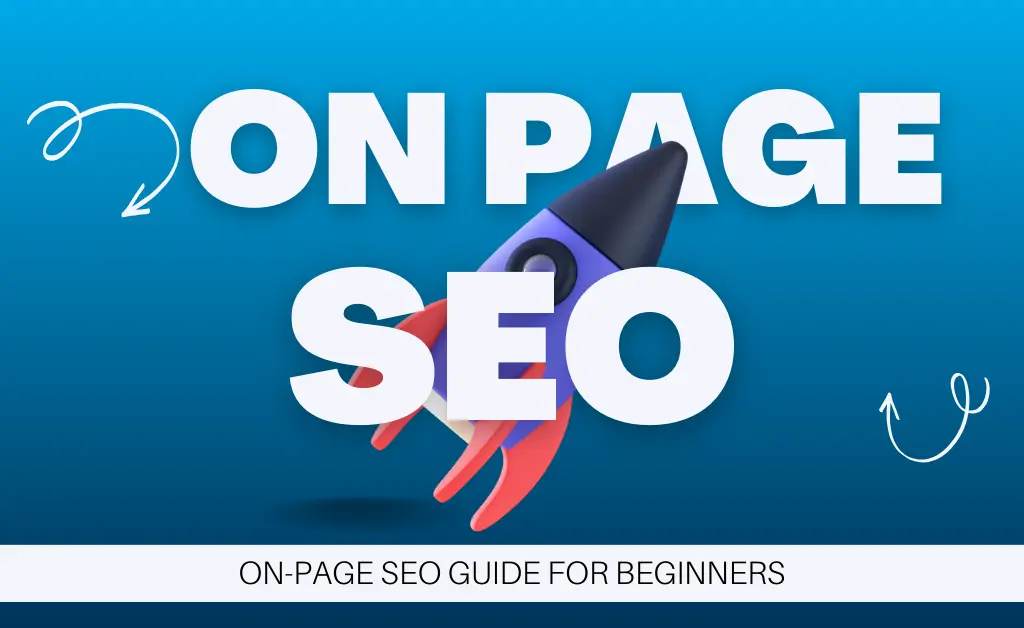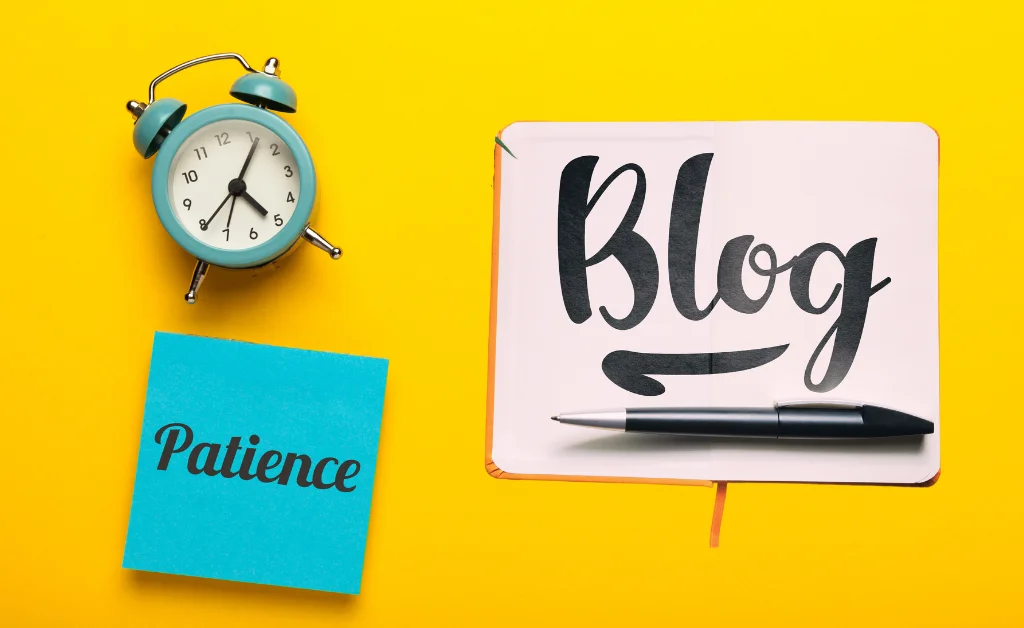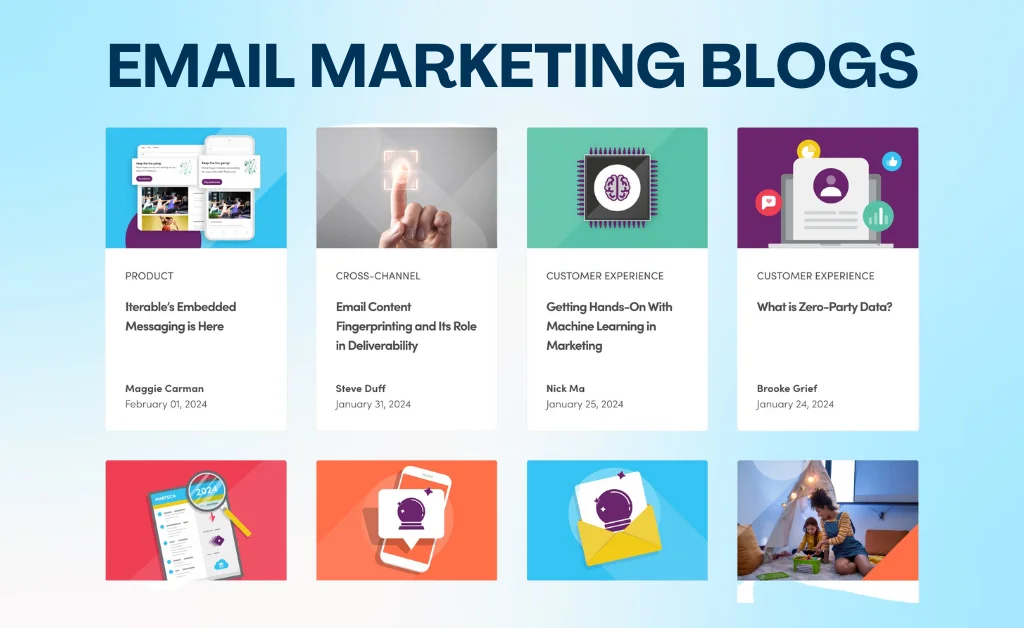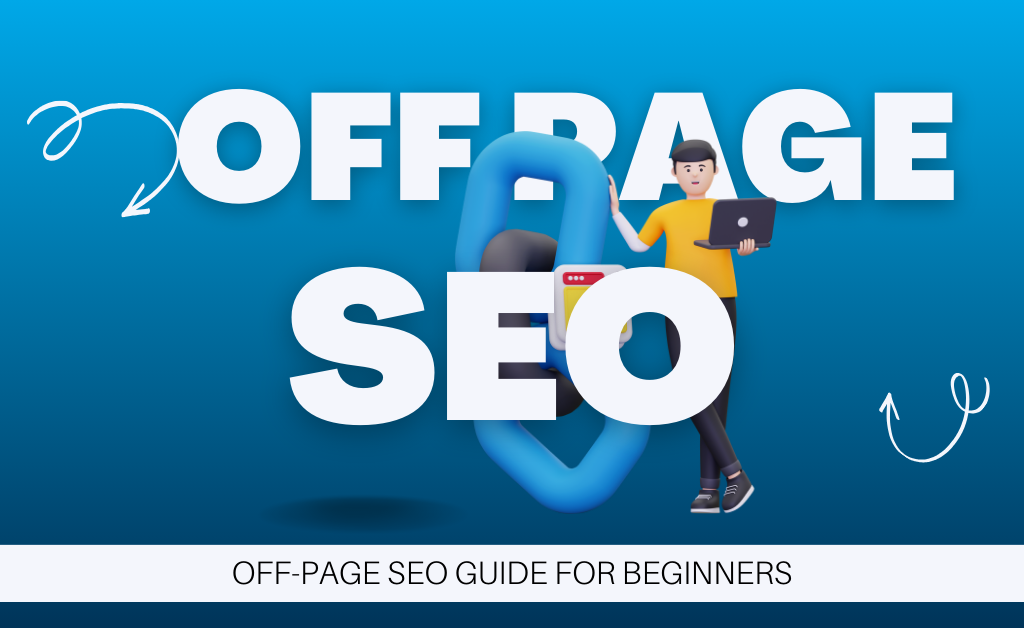Introduction: On-Page SEO Guide for Beginners
This is a Comprehensive On-Page SEO Guide for Beginners with an easy explanation to rank the top 10 search results of Google & other Search Engines.
Search engine optimization (SEO) can often seem complicated, especially for beginners trying to rank their website or blog.
However, mastering on-page SEO is one of the most fundamental and critical components for improving your search rankings.
As an SEO professional with over 7 years of experience, I want to clearly explain the exact on-page optimization techniques I use to rank client websites on the first page of Google.
In this detailed guide, I will cover the step-by-step process I follow to optimize a webpage from scratch properly.
From optimizing title tags to enhancing user experience, I will share my proven on-page SEO checklist that leverages technical elements and content quality to outrank the competition.
Whether you’re just starting a website or looking to improve existing pages, closely follow these on-page SEO tips to start gaining more organic traffic.
If you are new to the digital marketing & SEO industry, check out our comprehensive SEO Guide for Beginners first.
What is On-Page SEO?
On-page SEO refers to optimizations made directly to webpages to improve their rankings in search engines for specific keywords.
Let’s dive into the topic directly without wasting more time on the introduction and basics.
Focus First on Creating Valuable Content
Before touching any technical elements, quality content needs to be the core foundation of your webpages.
Far too often, amateur website owners get caught up obsessed with keyword placements and link building before even publishing valuable information.
Remember—search engines are designed to connect users with relevant and helpful content.
I cannot stress enough how pivotal creating engaging, informative content is for on-page SEO.
Think about crafting posts solely focused on helping readers rather than attracting rankings.
Your pages will naturally appeal to search algorithms by providing beneficial content.
My golden rule is this: would your target audience genuinely benefit from reading your content?
If not, continue refining it until the answer resounds “Yes!”
Place Keywords Strategically Throughout Content
Once you feel confident you’ve created valuable content, incorporate your primary keyword and relevant phrases seamlessly throughout your page’s text.
Make sure to do all of the placements appropriately. Aim to have keywords appear within the first hundred words, then sprinkle another 4-5 times maximum in your post organically.
Your headline and opening paragraph must include your primary keyword for search engines to understand your page’s focus instantly.
Then, further down in your content, incorporate keyword variations and long-tail versions, known as LSI (Latent Semantic Indexing).
Getting these key phrases placed strategically helps reinforce precisely what your page covers to search bots and users.
Craft Compelling Title Tags
Now you have quality content structured strategically around your target keywords—next, optimize your title tag.
Often displayed as the clickable headline for your webpage listing, title tags heavily influence both search engine ranking and click-through rate.
Follow this precise formula I use to create high-performance SEO title tags consistently:
- Primary Keyword –Your main keyword phrase typically comes first
- Page Focus Description – A concise description of your content’s unique value
- Site Branding (optional) – Include your website or company name
Here’s an example using this template for a page targeting the keyword “Guide to SEO”:
Guide to SEO | Learn the Fundamentals for Ranking #1 on Google in 2024 | SiteName
Study competitors ranking highly for your target keyword and recognize elements working effectively in their SEO titles to inspire optimization ideas. Maintaining click-worthy titles with primary keywords checks the box for search engines and visitors.
Optimize Meta Descriptions for Clicks
Meta descriptions don’t directly impact search ranking but present a vital opportunity to improve click-through rates. These short summaries are displayed below your title tag content in search listings. Compelling descriptions pique visitor curiosity, driving more engagement with your page content.
Follow my formula for meta description success:
● Lead with the most important keywords
● Hook reader interest straight away
● Provide ultra-specific value proposition
● Close with strong CTA language
Here’s an example meta description for our Guide to SEO post:

“Struggling with search engine optimization? Guide to SEO will help you learn about deep SEO Step by Step. Download our SEO checklist.”
This meta description promises clear value related to the topic while persuading visitors to convert by downloading a custom SEO checklist resource. Compelling meta descriptions boost long-term organic visibility by bringing consistent search traffic.
Enhance Content Structure with Subheadings

On-page SEO goes beyond text content—properly formatting headings and using content hierarchy bolster page scans.
Break up long paragraphs with descriptive subheadings using HTML header tags.
Most WordPress themes support adding H2 and H3 tags easily within page builders or post-editors by highlighting text and selecting a formatting option.
Use H2 subheads to label content sections and H3 tags underneath lists or content chunks.
These headers divide the text into more digestible sections for readers while improving SEO.
H2 and H3 tags with relevant keywords also amplify your targeting specificity. Just take care not to “keyword stuff,” making phrasing sound unnatural.
Optimize URL Structure
Page URLs are another opportunity to reinforce main keywords with search engines. Optimized page URLs are typically displayed on search engine results and benefit visitor experience by defining content before clicking.
Include your primary keyword early within the URL structure, but avoid overly long or complex patterns that look spammy. Most CMS platforms like WordPress make URL adjustments simple within page settings.
Here’s an example of a well-optimized page URL:

mixedniche.com/guide-to-seo
Short, simple, defined page meaning upfront—this checks all the boxes for an SEO-friendly URL.
Strengthen Pages with Outbound Linking
Placing relevant outbound links to external resources demonstrates your page as a trusted hub full of value. Linking to supplement content may also answer reader questions resolved outside your page scope.
Choose reputable, high-authority websites in your niche to link towards editorial-style content supporting your topic.
Be sure these outbound links utilize the ‘nofollow’ option, excluding the transfer of “link juice” valuation. Minimize links towards sales or product websites promoting commercial intent.
Outside websites cited should build page visitor trust while enriching their understanding of your optimized content.
Leverage Site Internal Links
Internal links are just as crucial for solid on-page SEO. Connect other relative pages across your website, frequently linking to internal resources related to the content’s primary topic. Encourage visitors to continue engaging with your content library.
Echo primary keywords within your anchor text hyperlinks, pointing site visitors toward supplementary informational posts. This interlinking with semantic text phrases reinforces relevancy for search bots crawling your pages. Promoting content relationships wins bigger-picture authority, translating into better page rankings.
Just remember—moderation rules with internal links to avoid diluting page optimization. Stick to a maximum of 2-3 internal links per new page, linking to other useful resources published on your website.
Compress Image File Sizes
Visually appealing images augment page content for visitors, but inefficiently sized graphic files slow page loading speed, losing visitor attention. Large images contribute the heaviest burden, slowing total page load velocity.
Always run images through file compression tools before upload to lessen KB file size and convert JPG, PNG, or other files, exporting reduced WebP versions and retaining full visual integrity.
Poor page speed tanks not only user experience but also search ranking potential. Page velocity is an established criterion within Google’s mobile-first index algorithm determining position. Optimize all visual assets, reducing weight so that page’s load lightning fast.
Implement Alt Text for Images
Text-based details attached to images, known as alt text attributes, narrate visual meaning for those utilizing screen reader software. Furthermore, alt tag verbiage supplies added context surrounding images scanned by web crawlers.
Take advantage of alt text fields when uploading media to incorporate primary and secondary keywords accurately describing graphic content. Keep alt descriptions concise within 125 maximum characters summarizing photo significance.
Enhanced images with alt text heighten content transparency, which search algorithms compute, assigning rank authority toward pages with richer signaling data. So, supplement all pictures with descriptive alt-tag captions to maximize exposure.
Boost Engagement with Social Sharing
Visitors love sharing content they find genuinely useful or engaging on social channels. Add social media share buttons prominently on all published pages, empowering one-click content amplification by site visitors.
Enable share functionality for top networks like Facebook, Twitter, Pinterest, and LinkedIn to cast the widest referral network potential. Whether natively provided by site platforms or configured through share button plugins, prominent sharing capability expands content reach exponentially.

The more social shares registered by pages, the stronger the indicator of value search bots associate ranking influence towards. So prominent social buttons produce a cyclical effect—more shares bring visitors, which tends to spur even greater social shares building over time.
Optimize Page Speed Performance
Today’s avid internet users expect lightning-fast page loading times as table stakes. When websites fail to deliver quick content rendering, visitors instantly bounce, finding speedier information sources. Many studies show correlations between slow page speeds and sky-high visitor exit rates.
My technical on-page SEO checklist examines site velocity across desktop and mobile platforms. Test fully optimized pages using Google PageSpeed Insights and GTmetrix scanning tools to identify performance opportunities.

Standard speed drains involve unoptimized images, inefficient caching setups, unnecessary redirects, or bulky plugins installed. Tackle these page speed issues through solutions like:
- image compression
- minimalist plugins
- efficient caches
- simplified theme coding
The faster your newly published content loads, the longer visitors remain consuming information, while search bots log appreciative signals used to determine organic visibility. Prioritize speed fixes for maximum impact.
Structure Data for Featured Snippets
Featured snippets represent prime real estate at the top of Google search results for specific queries. These special result blocks pull verbatim passage text attempting to answer searcher questions directly, avoiding the need to visit websites.
Creating content appropriately structured for featured snippet potential may yield top-ranking placement and insane click-free traffic. Closely analyze what forms of snippet content for your target keywords—often, list-based, stats-heavy posts work best. Organize page information matching the formats commonly extracted.

Install schema markup plugins like Schema Pro that auto-generate page structure data searched by Google, interpreting page meaning and content relationships. Augmented schema defines content patterns crawlers prefer identifying for featured snippets.
Fine-tune page data schema until your page content reflects commonly used snippet source material. Ranking these coveted search listings redirects tons of daily eyeballs straight from Google.
Install Schema Markup Across All Pages
Implement comprehensive schema markup site-wide for every page, amplifying content transparency by expanding beyond featured snippets. Schema-structured data communicates intricate organizing details that search engines heavily factor into authority calculations.
At its foundation, schema adds descriptors, including page, content type, data sets, media formatting, and more. Renowned plugins such as Rank Math or Schema automatically append schema code across published pages based on settings.
All website content benefits being defined through schema for crawling indexers continually refining their page analytic interpretations. Boost all site content with robust schema guidelines search bots rely on assessing organic visibility.
Create an Author Profile
Lastly, improve webpage transparency and credibility by designating an author profile for all published content. Assign writer names, headshots, and bios demonstrating genuine website contribution personalities behind articles.
Author profile consolidation gathers all content contributions from each respected creator defined with a unique page assigned in their honor. List detailed author information like industry experience, awards, qualifications, and other merits proving valid expertise.
Defining individual page authors assists search bots in designating personalized authority accruing towards cumulative website valuations based on creator knowledge levels across targeting topics. So, assign a staff member or guest contributor account as an officially published author.
Now Get Started Optimizing Your Web Pages!
On-page optimization involves an intricate checklist of technical considerations balanced alongside content quality factors. But by meticulously working through my provided game plan, beginners can achieve Google ranking success. Remember—progress compounds over time through consistency and taking action.
The more pages fully enhanced following my on-page SEO guide, the faster your overall organic visibility and conversion rates accelerate. Dive into optimizing your existing website pages or launch fresh content built right from day one. Either way, embrace positive habits that will transform developing search engine rankings.
Time to Wrap Up
Now that you know precisely how I methodically enhance pages for emerging first-page Google domination, the rest depends on your consistent execution. Follow my on-page SEO checklist as closely as possible with all website content moving forward to start seeing real results within a few months. Monitor rankings routinely to gauge optimization impact as you build organic visibility and trust over time.
You got this! Here’s to rank higher in 2024 through enhanced on-page SEO. Never hesitate to reach out with any questions along your optimization journey.







